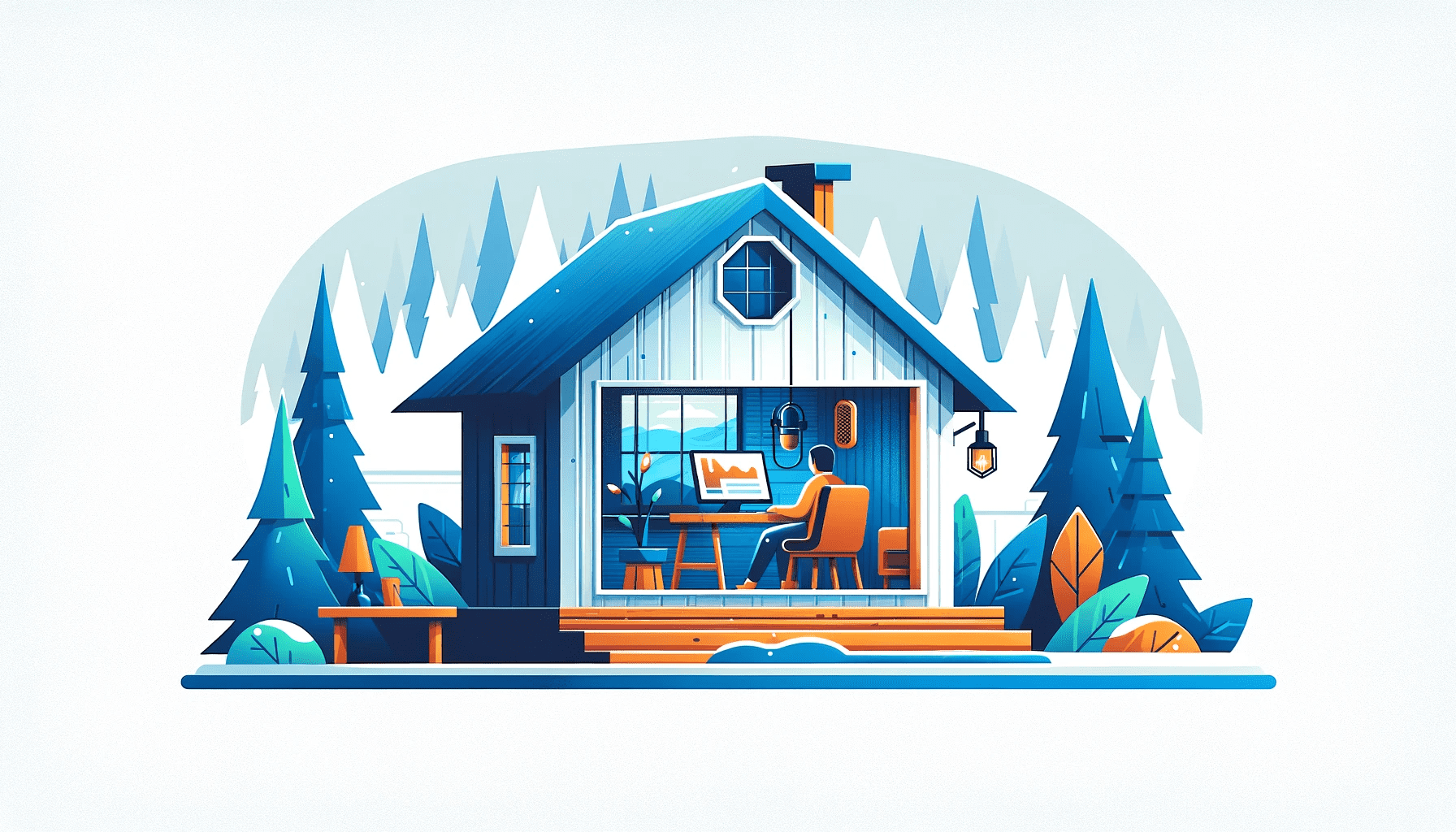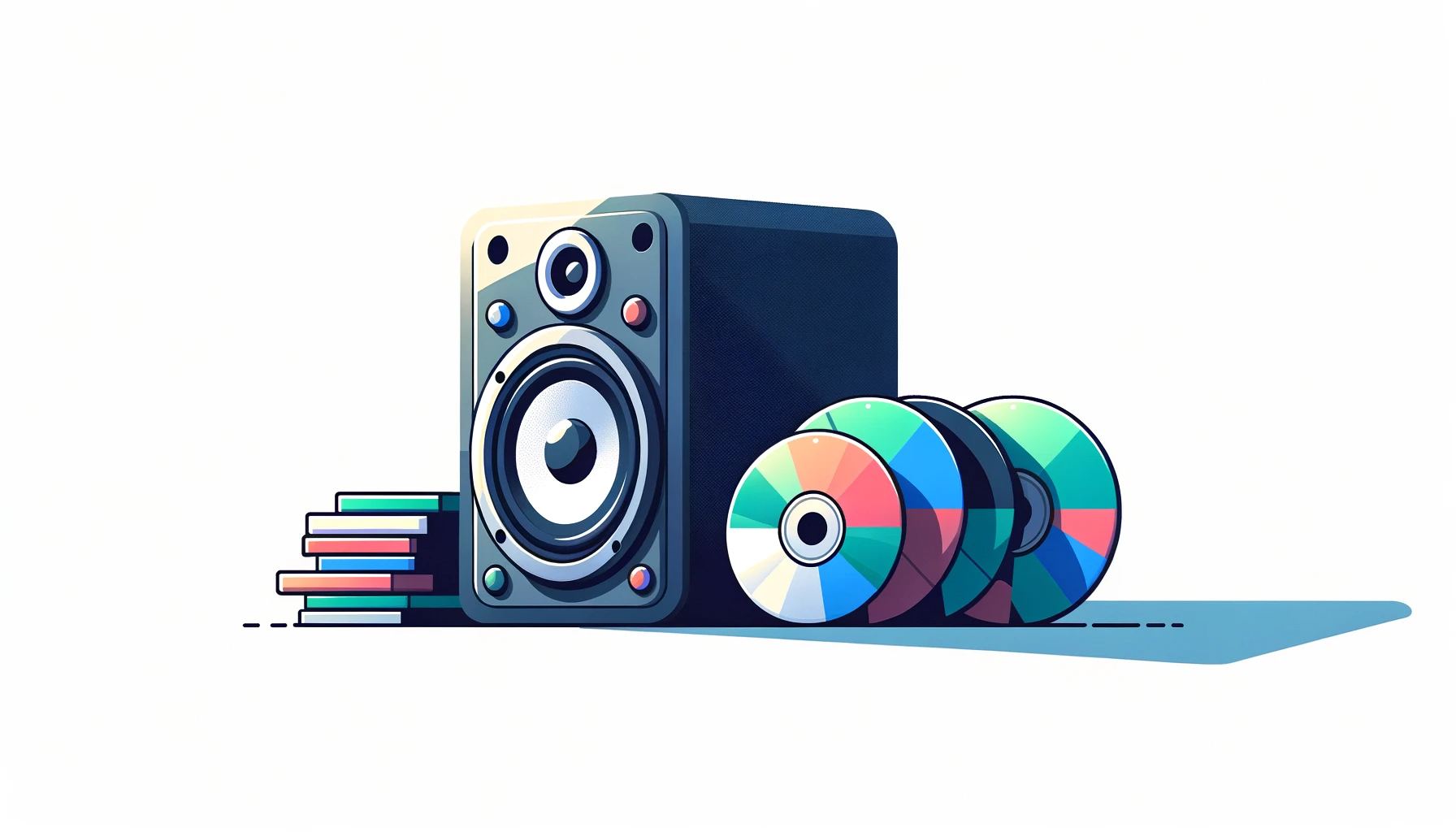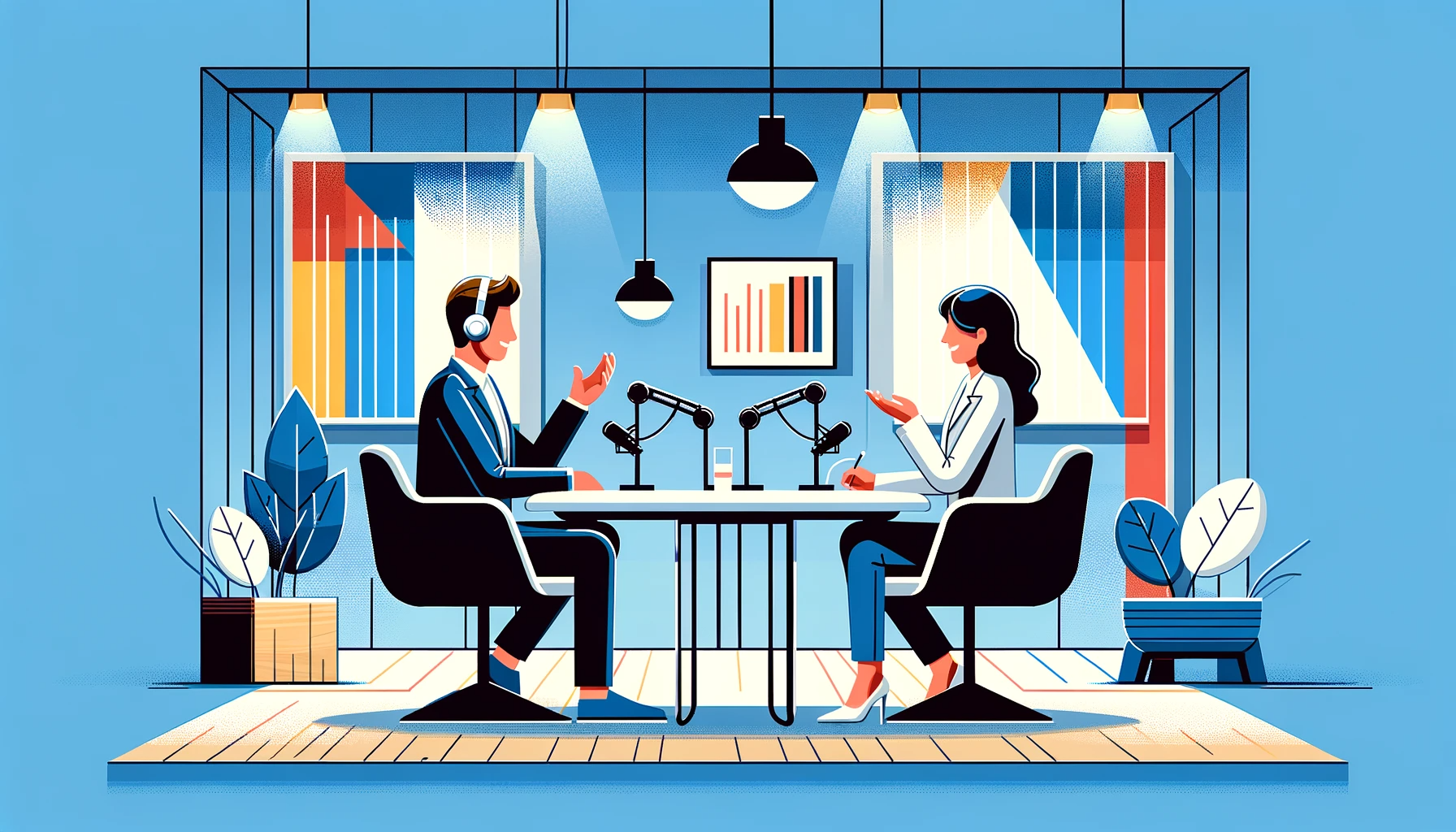How Much Does It Cost to Start a Radio Station Online?
The cost to start a radio station online won't break the bank. And it doesn't take lots of investment to run it. Learn about all the costs in this post.
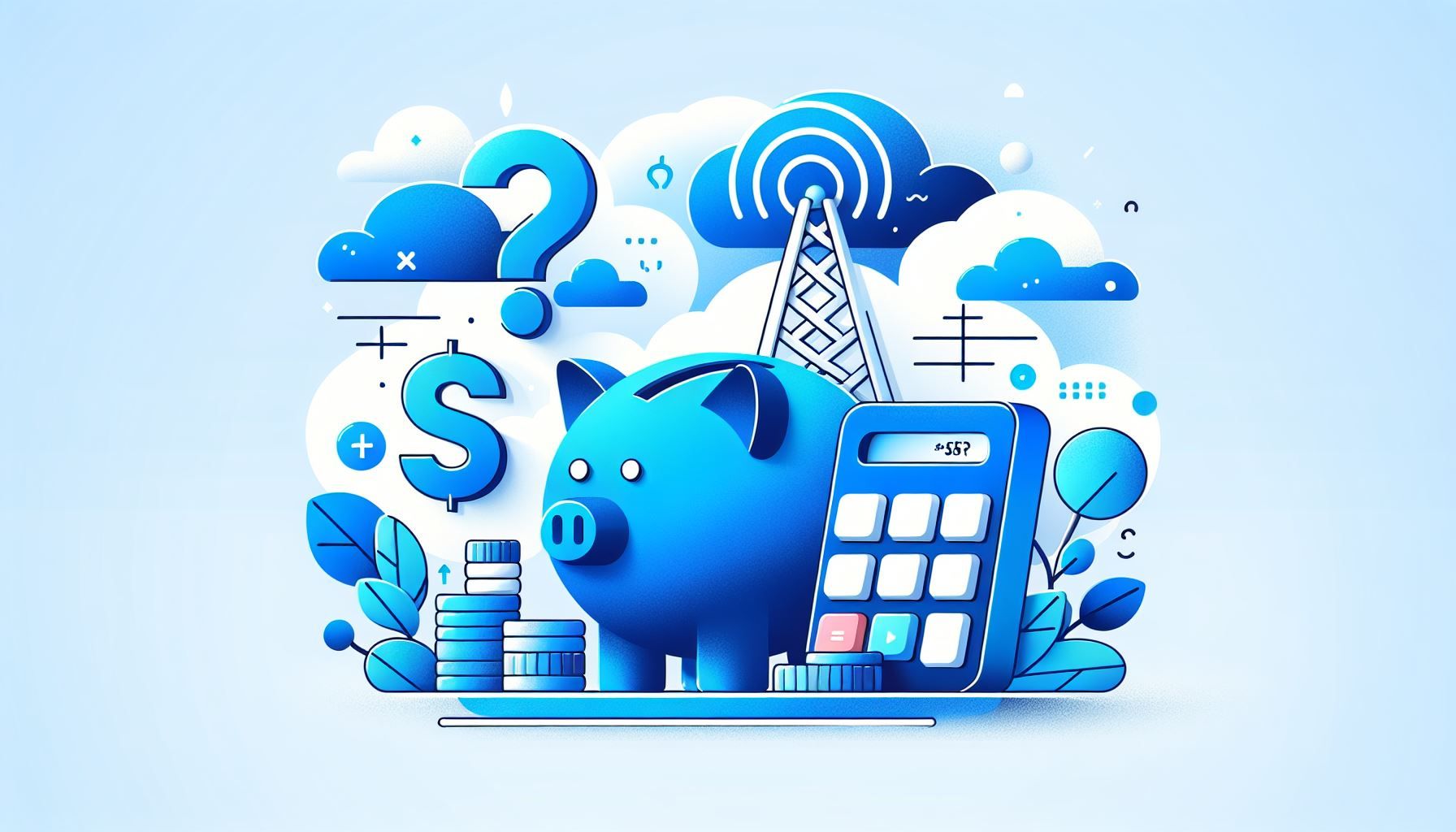
How much does it cost to start an online radio station?
Well, it depends on the amount you want to spend (your budget). The order in which you buy items is also important.
Think of a person embarking on building an elegant mansion only to blow the entire budget on an expensive perimeter wall and driveway. They never get to build the house.
Here is the first lesson to learn: Budget for the essentials and buy them first. For instance, get a microphone before an expensive broadcasting desk.
What you’ll learn:
- Major costs of starting an online radio station
- Free options you can use instead of paid options
Need the cheapest way to start an internet radio station?
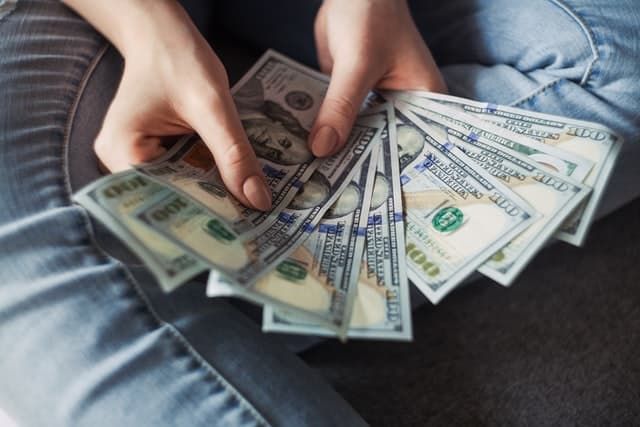
Get a USB mic to record your vocals.
Need the minimum equipment to get your radio on air?
Try this simple setup that includes a USB microphone and Computer. Why are USB microphones suitable for low budget situations?
Well, you can plug them into your computer and start capturing your vocals.
Unlike professional broadcast microphones with XLR connections, USB microphones don’t have to be hooked up to mixers. They don’t need external pre-amplifiers or cabling.
Can’t buy a USB mic? Try these free options.
If your computer or laptop has an inbuilt microphone, you can start using it to record your vocals.
Alternatively, use your smartphone’s microphone as an external mic option. Microphone apps allow you to connect your phone to the computer and use it as an input device instead of the in-built mic.
Popular options include WO Mic (Android) or Microphone Live, an alternative option for iPhone users.
This technique will reduce the cost to start a radio station online. But the sound quality will be sub-par from what you can achieve with a good mic.
What’s more, getting a USB microphone is a small investment.
USB mics can be repurposed for other uses. For instance, Skype calls, Zoom Meetings, Twitch streaming, gaming, home videos, etc.
Paid USB microphone options
You can get a Blue Yeti microphone—popular with podcasters—at about $100-$120.
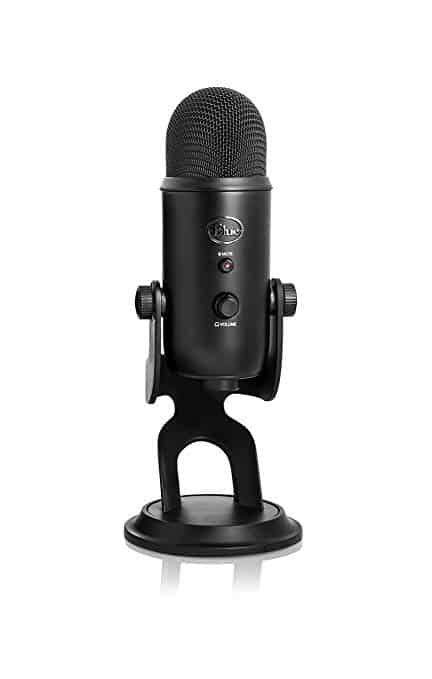
Or an Audio-Technica ATR2100-USB microphone at about $70.
If you want something reasonably-priced, you can try the Snowball Ice mic that retails for about $50. Of course, there are high-range USB microphones over $200.
Got more to spend? Try this professional audio setup
Fancy a more professional setup?
Here it is:
Microphone XLR + Mixing desk + Monitoring speakers + Headphones + Computer
1. Mixing desk
The mixing desk combines sound signals from different sources and sends the output signal to your computer or other destinations.
For instance, a mixer with four inputs can take sound from your phone, CD player, and two microphones.
Mixers fall into two categories: Analog mixers and digital mixers.
Paid mixer options
If you’re looking to reduce the cost of starting a radio station online, opt for an analog mixer.
For instance, you can get a Behringer Xenyx X1204USB mixer with 12-inputs, 4-XLR mic, for about $170.
You can also get analog mixers with fewer inputs for less than $100, like Pyle Professional Audio Mixer for just $69.
Digital mixers tend to be more expensive, for instance, the Behringer Digital Pro Mixer DDM4000 Ultimate 5-Channel Digital DJ Mixer with two microphone inputs goes for about $350.
Tablet-controlled digital mixers fall within the price range of $400 to $800, like the Mackie 2044387-00 DL1608 16-Channel that costs $650.
More advanced digital mixers, however, come with a $1000+ price tag.
2. XLR microphones
You’ll have three options: Dynamic (most broadcast mics), condenser, and ribbon.
Condenser XLR microphones are mostly used for voice over work and require phantom power to work. These pro mics are usually hooked to mixers or digital interfaces.
Modern mixers convert the analog signal from the XLR mic to a digital signal that’s fed to the computer through a USB cable or an analog signal via line input.
Paid options
One of the most popular microphones for professional radio studios is the Shure SM7B with a price tag of $399.
But you can still get high-quality sound from decently priced microphones like the Behringer B-1 for $99.
You’ll also find other XLR mics for less than $100 like the MXL 770 at $72.
Keep in mind that you’ll need accessories like a shock mount, boom arm, and pop filter to go with your XLR mic.
Expect to spend about $40 to $100 on the extras.
3. Monitoring speakers and Headphones
You can grab a Mackie CR4 (Pair) Creative Reference Multimedia Monitor Speakers for about $150.
If you need a pair of high-end studio monitoring headphones, expect to pay about $150 for the Beyerdynamic DT 770 PRO.
You’ll also find a lot of options for less than $100 or even $50. Like Audio-Technica ATH-M20x for $49.
Radio broadcasting software
You need software to create playlists, rotations, organize music, automate broadcasts, and more!
An encoder program is also required to turn audio into a streamable form.
Free radio broadcasting software options
- PlayIt Live, RadioDJ, Mixxx for playback.
- BUTT, Altacast, LadioCast for encoding.
Paid radio automation programs
- Playback & automation: Sam Broadcaster PRO ($229). NextKast PRO ($199), PlayoutONE Standard ($99), RadioBOSS Advanced ($239.95).
- Encoders: RadioCaster ($49.95), Rocket Broadcaster ($49)
Some radio automation like Sam Broadcaster and DJ programs, for instance, Mixxx or Virtual DJ have built-in encoders. You won’t have to purchase an encoder separately.
Recording and editing programs
Radio shows need to be recorded and edited. If you’d not anticipated this radio cost, don’t fuss as you can get free solutions:
Free recording programs
Audacity for Windows. Garage Band for Mac.
Paid digital audio workstations
Adobe Audition CC ($20.99/month) Reaper ($225) Hindenburg Journalist ($95)
Call recorder program
Are you planning to have guests on your radio shows? You need a way to record your conversations.
Free options
Callnote free version – Skype, Hangout, Facebook, Viber. Limit of 10 recordings per month.
Almolto – Free for Skype for Windows 10.
Paid recording options
Zencastr – Records each track per guest and has built-in Voice over IP.
Callnote and Amolto have paid versions with more features.
Imaging (Voiceovers, station IDs, intros, etc)
You can produce your radio imaging to reduce costs. Additionally, there are several places to download free sweepers & sound effects.
However, it’s better to have personalized imaging for your radio.
Although it may increase the cost to start an online radio station, it makes your radio unique.
Here are some places to hire radio imaging pros:
Fiverr
It’s a freelance marketplace teeming with voice artists. Search for “radio sweepers” and you’ll see a list of sellers and their starting prices.
Prices will usually start from $5 or $10. Sound effects may not be included in the price.
Other marketplaces
You can find dedicated companies that offer imaging services by carrying out a quick search. Try “radio imaging companies.”
Radio hosting
Radio hosting is something that doesn’t come automatically to mind when you’re starting a radio station.
If we map out the path audio takes from the studio to the listeners it looks like this:
Studio Computer > Radio Server > Listener
Free radio hosting options
Well, if you have the resources and technical know-how, you can set up your own server.
But this is not entirely free. The computer will use power and require connection to high-speed internet with high-capacity bandwidth.
Paid radio hosting
CloudRadio is a radio hosting platform tailored for beginner stations. For one, our platform is easy to use and quick to learn. And the investment is quite small.
For $5 a month you can have a radio with 25 listener slots. And you can add more listener slots to your radio up to 1000 slots.
Logo
A logo visually identifies your radio, for instance, on radio directories or social media pages.
You don’t need a complicated logo. Look at the simplicity of some big brand logos like Google or BBC.
Free option
You can design a logo using tools like PowerPoint or Paint. Or with online tools like Canva or Hatchful.
If you don’t get the best results, it may be time to hire a professional graphic designer.
Paid option
You can find a talented graphic designer on freelancer platforms like Upwork, Freelance, Fiverr, or People Per Hour.
If you still want to create your logo, try paid online logo design tools.
With about $10 or more, you should have a logo for your radio.
Music and Licensing
When you purchase music, aim for DRM-free music. DRM-locked may be restricted to one device or application.
Some sources of DRM-free music include the iTunes store and Amazon.
On Amazon, for instance, you can buy a song for $0.99, and an album for a couple of dollars.
Stream licensing
If you’re playing commercial music like that new Ariana Grande album, you might have to pay performance right fees/royalties.
Webcasters in the USA pay royalties to SoundExchange. The minimum fee for radios was $500 per year for 159,140 ATH per month, which is about $40 per month.
In Canada, SOCAN collects royalties from web radios. You pay royalties based on the location of most of your listeners.
You’ll need to contact relevant authorities in that country to find out how to license your stream.
Others costs to run your radio station
What are the running costs involved?
- Rent (if you’ve leased space for your radio station)
- Staff (if you hire DJs and other personnel)
- Music subscriptions
- Stream hosting
- Licensing
- Website hosting
You don’t need everything right away. Keep the cost of starting a radio station online low by focusing on the essentials.
Start your internet radio with us
We offer an excellent hosting option with a fully customizable price. Get started easily.


